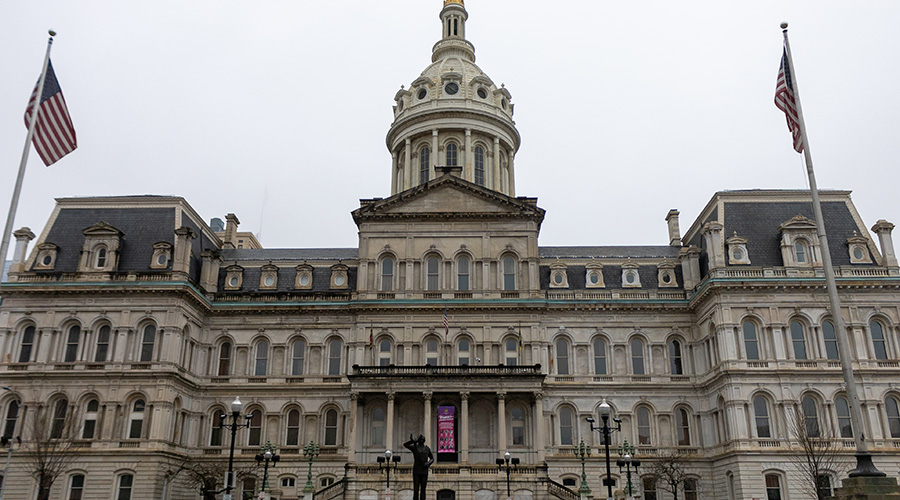Despite Energy Efficiency Gains, Federal Operating Costs Have Risen
Part 1 of a 4-part Green Building Report.
For the past several years, government agencies have reduced the size of the federal real property footprint, implemented sustainability programs, and increased utilization of their space to be more efficient. Campaigns champion property disposal, energy reduction, fewer leases, and tenant transfers into owned space. Driven by the public sector’s commitment to sustainability, these efforts hold out the hope of reducing costs across the portfolio. Yet operating costs have outpaced the industry. Why? It’s a complicated question given the size of the portfolio, but it is one that must be analyzed if facility management professionals are going to offer strategic solutions.
The simple answer is that, even though positive developments are making an impact over the past few years, they are undercut by negative trends and a failure to move quickly enough out of leased space.
Operating expenses (OPEX) have become an issue within the public sector’s owned portfolio. Since 2008, OPEX costs within government-owned space have increased by 24 percent from $4.65 per square foot to $5.77 per square foot in 2014, and in terms of total costs they have gone up by 20 percent, according to GSA’s Federal Real Property Report (FRPR) FY2008-2014. During this same period, the BOMA Experience and Exchange Report data showed less than a 2 percent increase in these same costs.
OPEX includes three primary categories: custodial, maintenance, and utilities.
The good news is that the federal government’s 3 percent per year real energy-intensity reduction has been underway for almost a decade now and is delivering significant savings. If energy costs were rising, the drop would be offset. But according to the U.S. Energy Information Agency, commercial electricity costs per kWh are flat since 2008. As a result, strategic programs that curb total consumption have delivered real savings across the portfolio.
Although government utility bills are benefiting from stable market trends and a hawkish focus on energy intensity and efficiency, the other OPEX categories are not. Almost all of the increases in OPEX originate from mechanical and custodial costs.
There are important points to keep in mind about those rising costs. First, from the late 1990s to the early 2000s, the federal government operated below market rates on a cost-per-square foot basis within the maintenance category of OPEX. There are only two ways to do this. Either be incredibly efficient, or defer maintenance costs by adopting a “run to failure” strategy. While there are outstanding facility programs within the public sector, to curb short-term costs, the run-to-failure strategy was and still is very often adopted. But over the long term, neglect of maintenance raises OPEX. The run-to-failure practices of the past are contributing to the increases in maintenance costs since 2008.
Second, there is distortion in these figures due to asset disposals. Given the vast size of the federal portfolio, there are assets listed as active that are in fact vacant. These facilities have low operating costs because they are mothballed. However, if you are an asset manager and want to look good on paper, you keep these assets in your active portfolio because they help make the overall cost per square foot lower: The more square feet over which you distribute costs, the lower the unit cost appears. The aggressive federal strategy to dispose of underutilized assets has gone after many of these mothballed buildings by pulling them from the active portfolio list. As this has taken place, it has contributed to the rise in the portfolio’s OPEX cost per square foot, providing a more accurate picture of how OPEX is being managed across the portfolio.
Third, Congressional cuts in the Federal Buildings Fund to offset federal budget shortfalls, along with failure by agencies to request full funding, have long-term negative impacts on facility maintenance OPEX. Major capital projects have been put on hold, while costs to sustain aging assets increased. The federal portfolio can withstand these cuts once in a decade. When done in consecutive budget cycles, as it has been, the cuts have long-term consequences that are far costlier than the short-term savings they deliver.
Related Topics:















